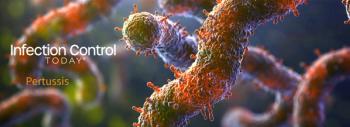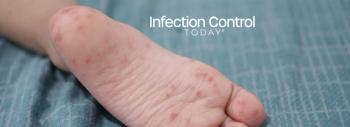
AORN RP on Cleaning and Care of Surgical Instruments is Open for Public Comment
The Association of periOperative Registered Nurses (AORN) Recommended Practices for Cleaning and Care of Surgical Instruments and Powered Equipment is
These recommended practices provide guidance for cleaning, including point of use cleaning, selecting cleaning chemicals, and determining water quality for surgical instruments. Guidance is also provided for decontaminating, transporting, inspecting and care of surgical instruments. Information is included for processing laryngoscope blades and handles, ophthalmic instruments, and taking special precautions necessary to minimize the risk of transmission of prion diseases from contaminated instruments. The use of personal protective equipment that must be worn during cleaning and care of instruments is also addressed.
Source: AORN
Newsletter
Stay prepared and protected with Infection Control Today's newsletter, delivering essential updates, best practices, and expert insights for infection preventionists.






